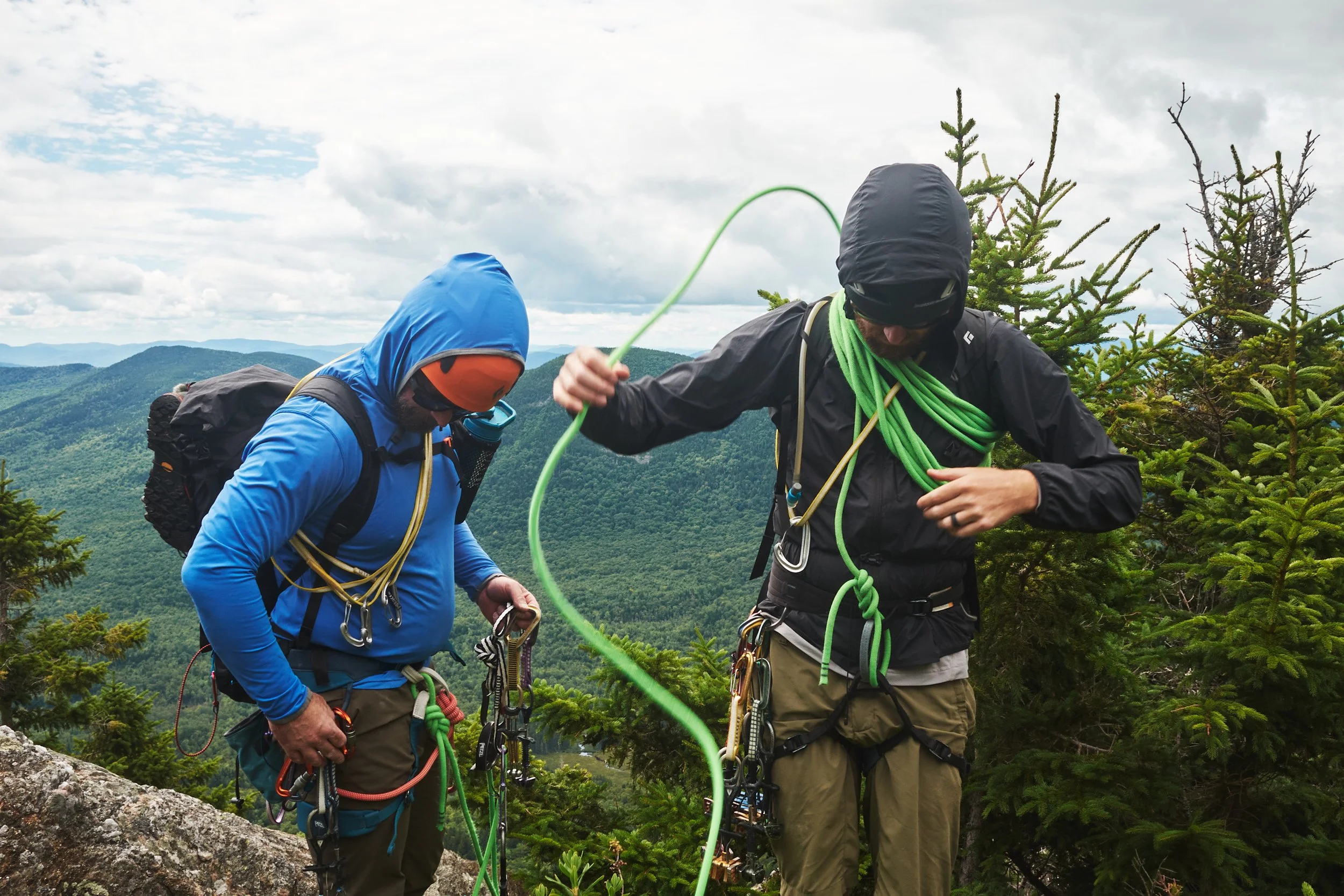6 Must-Have Gear Items for Climbing Barrett's Cove Cliff
Climbing Barrett's Cove Cliff is an exhilarating experience for both seasoned climbers and newcomers. To ensure safety and enhance your adventure, having the right gear is essential. In this guide, we'll explore must-have gear items that will make your climb both safe and enjoyable.
1. Durable Climbing Harness
A reliable climbing harness is your number one piece of protective gear. Choose one that's comfortable and fits well to ensure stability as you navigate the cliff's challenging terrains. Investing in a harness with adjustable leg loops and a secure waist belt can significantly enhance your comfort and safety. The right harness will distribute your weight evenly and reduce fatigue, which is crucial for maintaining balance on tricky sections of Barrett's Cove Cliff.
Choosing the right harness involves understanding the different types available, such as sport and traditional climbing harnesses. Sport harnesses are lightweight, making them ideal for speed and agility, while traditional harnesses offer more padding and gear loops for convenience. Consider the terrain you intend to climb when selecting your harness, ensuring it suits the challenges of Barrett's Cove Cliff.
2. Quality Climbing Shoes
Investing in a good pair of climbing shoes can profoundly affect your climbing performance. Look for shoes that offer a balance of comfort, support, and grip to tackle Barrett's Cove Cliff's unique rock formations. Climbing shoes should fit snugly but not too tight, providing sensitivity and control for precise foot placements. Rubber soles are key for traction, so choose shoes with a proven grip that keeps you connected to the cliff face.
Consider the type of climbing you plan to do as well; Barrett's Cove features a mix of sport and trad climbing routes, potentially requiring different shoe designs. A versatile option might be all-around climbing shoes, which cater to various climbing styles while providing comfort and performance on longer climbs.
3. Secure Climbing Helmet
Safety first! A helmet provides protection from potential rock fall and other hazards. Ensure your helmet is certified and fits snugly for maximum protection. A good climbing helmet should also be lightweight to avoid neck strain, with ventilation that keeps you cool during intense climbing sessions. Features like adjustable straps and a comfortable chin strap can make a huge difference in making sure the helmet stays in place during your climb.
When choosing a helmet, consider its construction. Options include hardshell helmets, typically more durable, and foam helmets, known for being lighter. Each has its pros and cons, so evaluate based on whether you prioritize durability or weight and comfort.
Another factor to consider is visibility. Many helmets come with reflective properties or the ability to attach lights, a useful feature for climbers who find themselves caught in the early dusk shadows typical of an extended climb.
4. Reliable Climbing Belay Device
When it comes to controlling your descent or catching a fall, a dependable belay device is indispensable. Opt for one that works seamlessly with your rope and is easy to operate. Belay devices come in various types, such as tubular and assisted-braking, each serving its unique purpose. In particular, assisted-braking devices offer added security, reducing the risk of dropping a climber.
Familiarize yourself with the type of belay device suitable for your climbing partner’s conditions. For climbing Barrett's Cove Cliff, a device compatible with both single and double ropes offers versatility and peace of mind. Always practice using your belay device before tackling more complex climbs.
5. Strong Climbing Rope
A durable climbing rope is crucial for safety. Select a rope with the correct diameter and length suitable for Barrett's Cove Cliff's terrain. While dynamic ropes are favored for their impact force reduction during a fall, you should opt for lengths that provide a generous safety margin for longer climbs. The rope's diameter impacts its weight and flexibility, with larger diameters offering enhanced durability, which is undeniably critical for frequent climbers tackling rocky terrains.
The technology behind rope construction has evolved, incorporating features such as dry treatments for moisture protection, which is especially pertinent when climbing near bodies of water. Dry-treated ropes remain light and durable, crucial for serious climbers interested in tackling the often unpredictable weather conditions of Barrett's Cove.
It's also wise to inspect your rope frequently for signs of wear and tear, ensuring any fraying or discolored sections are promptly retired. Proper maintenance increases the rope's lifespan, maintaining its reliability for future climbs. Always coil it neatly and store it in a room with a neutral temperature to avoid UV degradation.
6. Versatile Quickdraws
Quickdraws are essential for clipping into protection while climbing. Look for lightweight and robust options to ensure a secure ascent. Ideal quickdraws combine strength with minimal weight, consisting usually of two carabiners connected by a textile sling or webbing. It's critical to consider their length and durability, particularly the tension exerted at Barrett's Cove Cliff's overhanging sections where equipment can wear down more rapidly.
Choosing between wiregate and solid gate carabiners might also be on your radar, with keylock noses preventing snagging, crucial for fast-paced climbs. Wiregate designs reduce weight and eliminate gate flutter, making them preferred by many seasoned climbers. Meanwhile, solid gates offer more versatility across varying climbing conditions and are often easier to operate with gloves.


